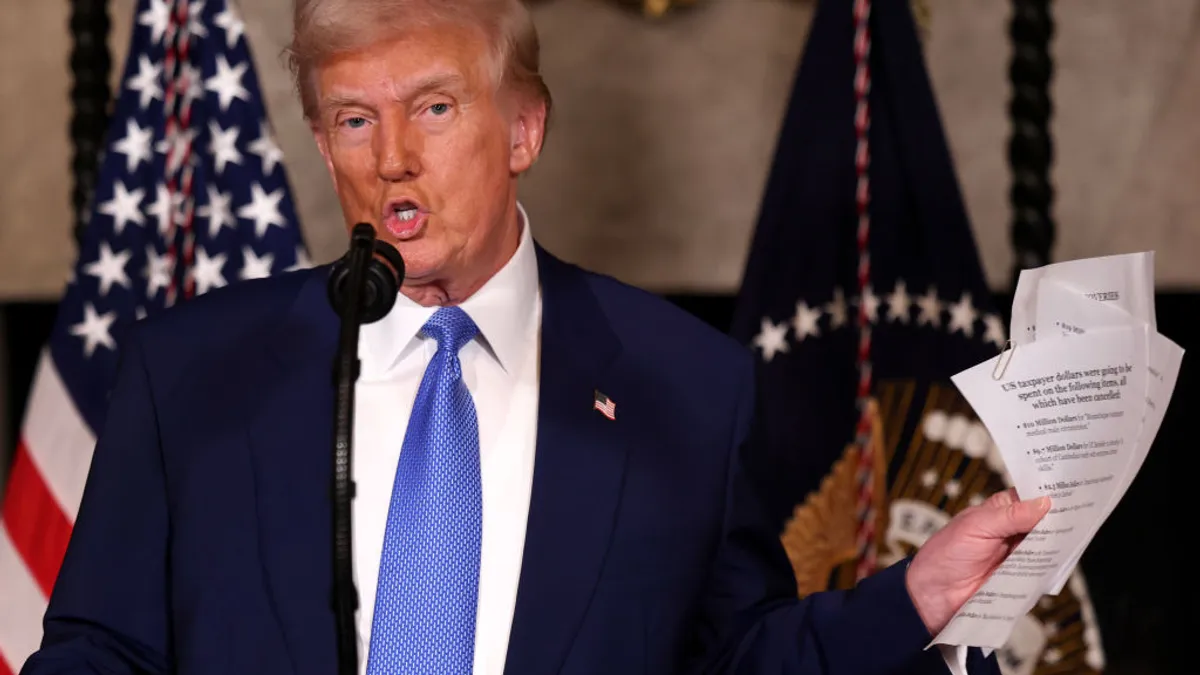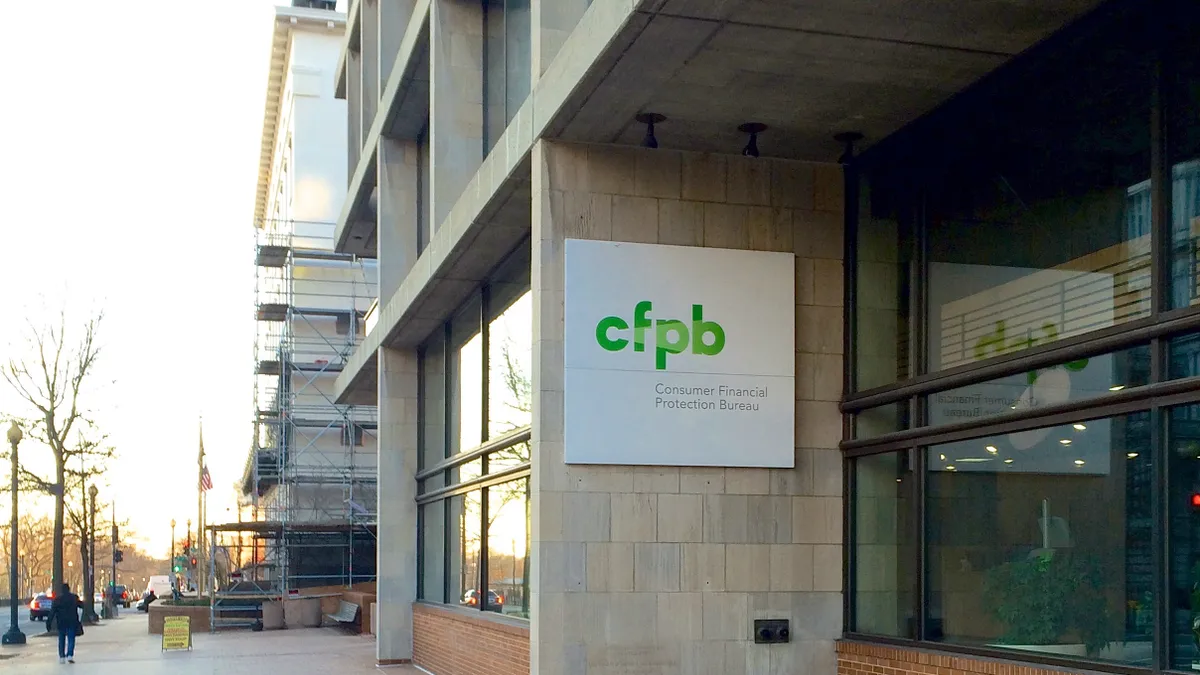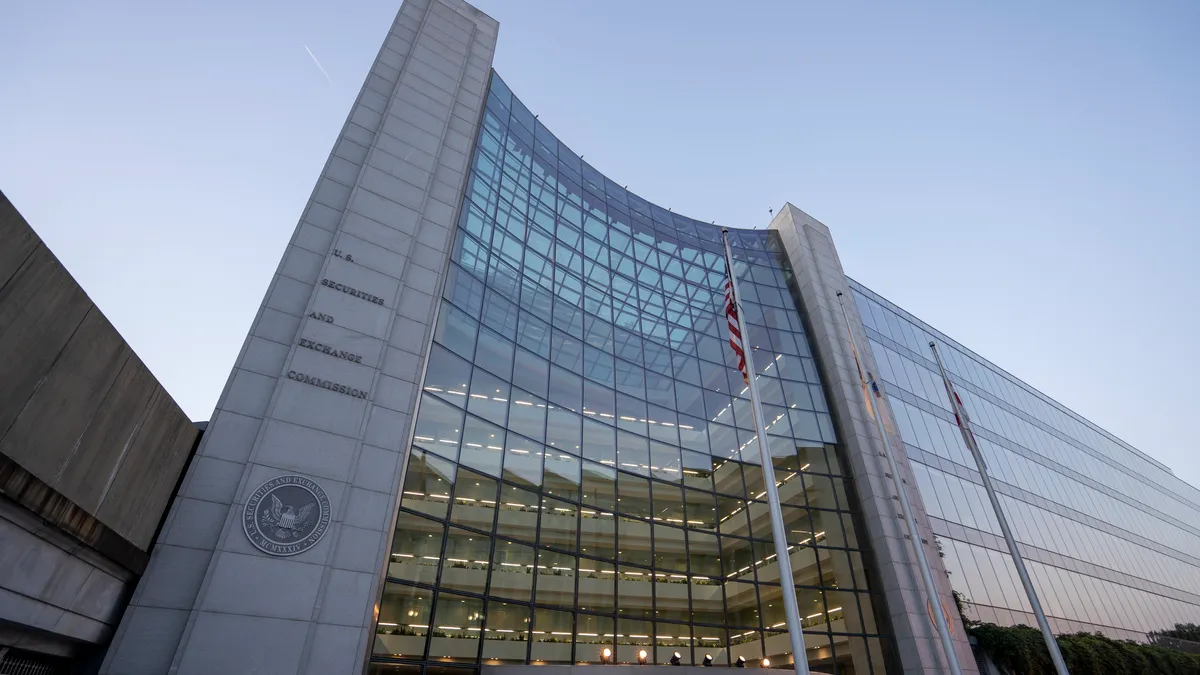Creating multiple escrows for areas of potential conflict in M&A deals is a relatively new tactic but there’s evidence of their benefit as market conditions make deals more contentious, says Kip Wallen, a senior director at SRS Acquiom, a firm that looks after shareholder interests in deals.
“Having separate escrows and thinking through that escrow structure to better align with the intent of the parties can go a long way in maintaining that positive relationship,” Wallen said in a webcast hosted by Today’s General Counsel.
Two years ago, the M&A market was red hot and buyers often downplayed due diligence to get to contract signing before a competing buyer did. “Due diligence wasn’t being focused on as much as in regular markets,” he said.
Two years later, as companies reach the end of the survival period for many of these deals, buyers are experiencing remorse as they watch target company valuations drop.
Complaining that they paid too much isn’t going to get them very far so instead they’re digging into the books and looking for inaccurate claims the sellers made during the transaction.
“They might try to make it look like something the seller said wasn’t an entirely accurate reflection of the actual business,” said Elisheva Paton, a senior director at SRS Acquiom. “Like, the number of contracts or clients a company had wasn’t accurate, or they’re looking at expenses with a fine-toothed comb and finding something wasn’t right.”
General indemnification
The typical go-to for any claims of the buyer is a general indemnification escrow that they would set up as part of the acquisition agreement.
The size of the escrows is typically correlated with whether or not the buyer has taken out representation and warranty insurance. If they have the insurance, the median escrow size is 0.5% of the transaction amount; if they don’t, the median is 2.5%, Acquiom data for 2022 shows.
But the escrows can get much bigger than that, with about 40% of deals having escrows as high as 15% in 2022. That includes deals with rep and warranty insurance.
Those oversized escrows could be buyers trying to ensure they have a pool of funds they can leverage to recoup some of the purchase price. “Sometimes parties will instead just pad the general indemnity escrow,” Wallen said. “That is a valid approach.”
But post-closing it can roil the waters, especially if the buyer is holding up an escrow of, say, $10 million as leverage over a claim of $1 million to $2 million.
“The buyer might … refuse to release any of the escrow until that smaller claim [is satisfied],” Wallen said.
A strategy like that can do more harm than good if it leads to expensive litigation or it hurts the morale of employees of the target company whose expertise is needed to execute the business plan, especially if the buyer saw the acquisition strictly in financial terms and not as a strategic buyer planning to stay in the business long-term.
“You want those employees to feel motivated and not feel like they’re being taken advantage of by the buyer, who’s making frivolous claims,” said Paton. “The buyer has to be careful and selective in the types of claims they’re going to assert.”
Custom structures
It might be too late for deals that have already closed, but going forward, structuring transactions with multiple escrows can be a way for both sides to manage differences during the survival period.
“In the current market, we’re seeing parties take the time to customize the structure of the indemnification provisions and the escrows, particularly to match the particulars of the deal,” said Wallen. “It’s being driven by the more robust due diligence we’re seeing buyers conduct in the last 18 months or so — more and larger escrows. Because the due diligence is more thorough, buyers are uncovering more yellow and red flags, asking for larger escrow amounts as security for what they view as heightened risk post-closing.”
“You might have a separate escrow for the purchase price adjustment,” he said. “Maybe there’s a known indemnification for a litigation matter. Maybe they’re setting aside a pool of money for local and state tax issues — even deals that have that rep and warranty insurance. Because the buyer has recourse against that insurance policy, it might be an argument you don’t need as big of an escrow for indemnification purposes, but there are still all these other post-closing mechanics, like the purchase price adjustment.”
Last year, after the market started cooling, some 90% of deals had at least one escrow, but more than half had two or more.
“So, we’re actually seeing a higher prevalence of these special escrows,” he said. “A third of deals have escrows beyond just the general, and a pretty common separate escrow for a purchase price adjustment. So, we’re seeing more bespoke custom structures.”



















